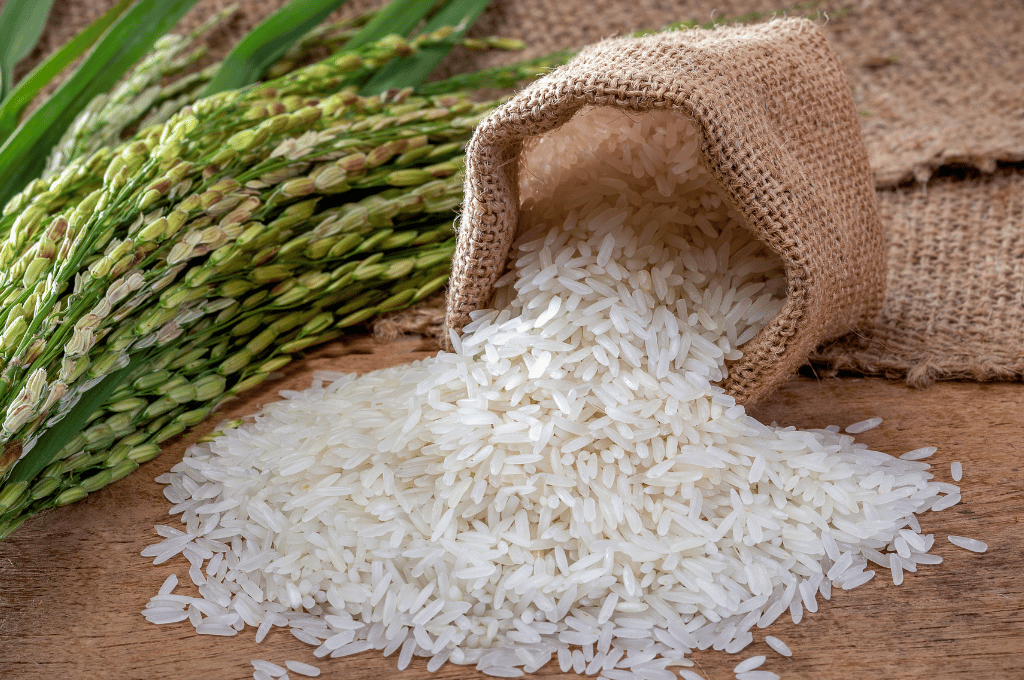Rice Ban Implications
India, the world’s largest rice exporter who accounts for 40% of global rice trade, implemented a ban on the exports of non-basmati white rice on July 20, aiming to control surging domestic food prices and ensure sufficient availability at reasonable rates within the country. This move is expected to have a significant impact on global rice markets, affecting millions of consumers, particularly in Asia and Africa.
Among the countries vulnerable to the ban, Malaysia appears to be the most exposed due to its substantial reliance on Indian rice imports. Singapore, though dependent on food imports in general, also heavily relies on India for approximately 30% of its rice supply.
The ban comes amid the ongoing El Nino phenomenon, posing additional risks to rice production in major Asian exporters like Thailand, Pakistan, and Vietnam. The Philippines, despite sourcing most of its rice from Vietnam, could still be highly impacted as rice holds the highest weighting in the country’s consumer price index basket.
Beyond Asia, several African and Middle Eastern nations are also at risk. Djibouti, Liberia, Qatar, the Gambia, and Kuwait are identified as the most exposed regions.
In the past, India had imposed a ban on non-basmati rice exports in 2007, resulting in a substantial price increase. This time, the impact could be more far-reaching, given India’s larger role in the global rice trade.
It is expected that the ban will remain in effect until India’s general elections, which may exacerbate domestic food price concerns. If other rice-exporting countries follow suit with export restrictions and major importers stockpile rice, the rice market could face disruptions and price volatility.








